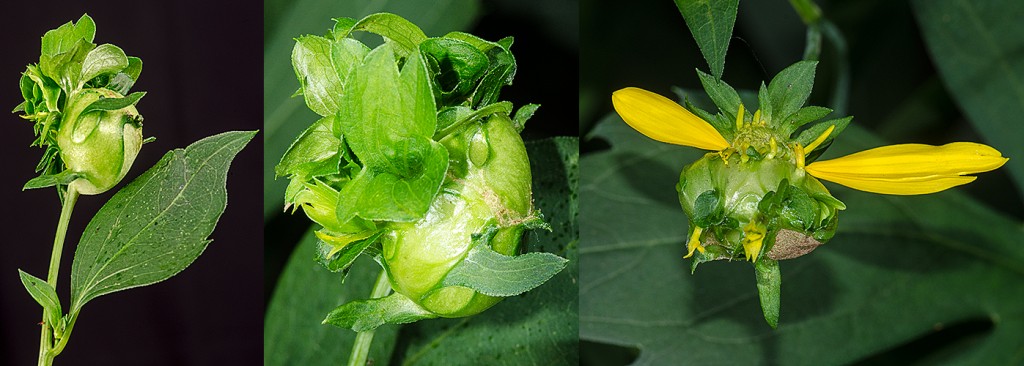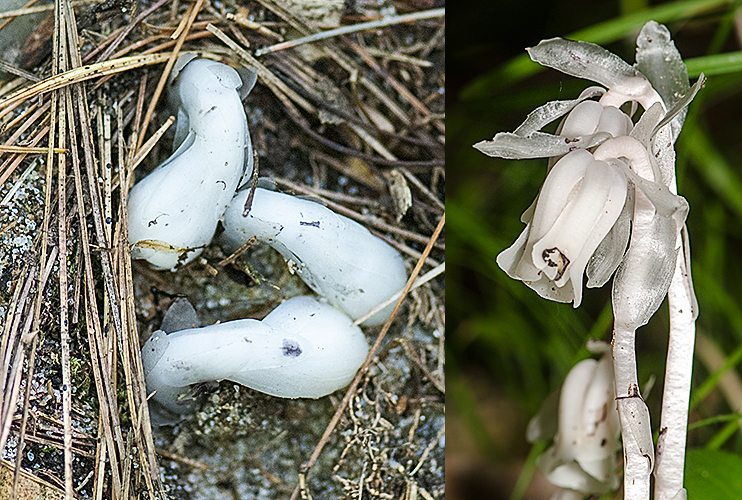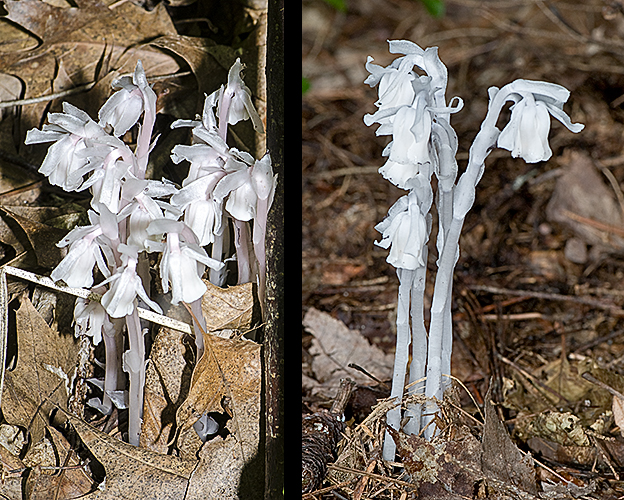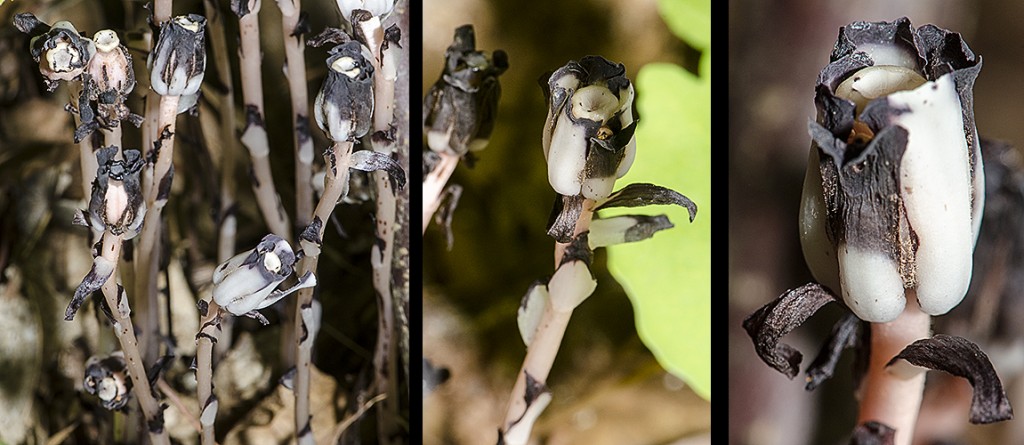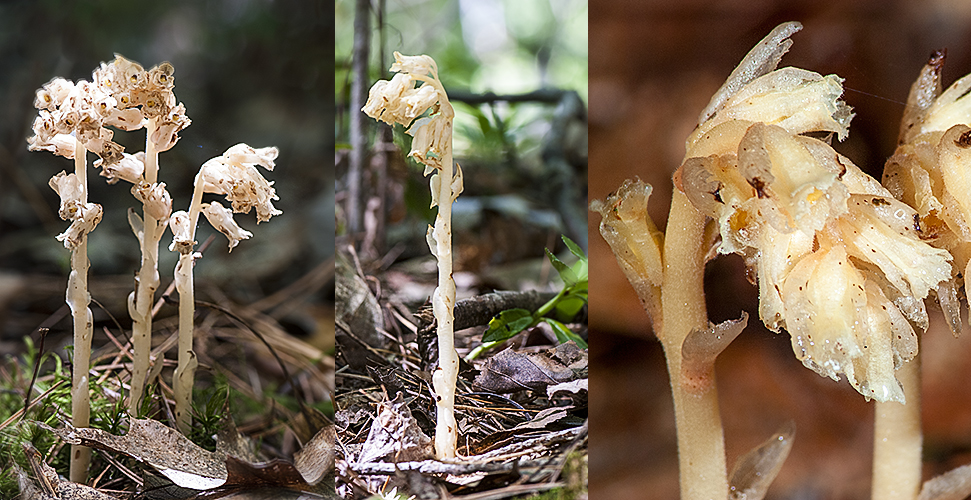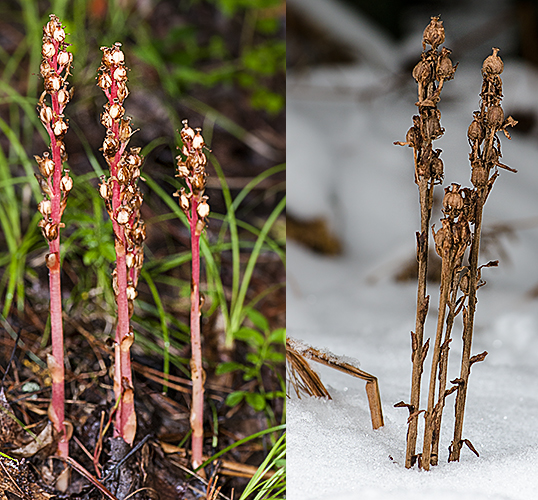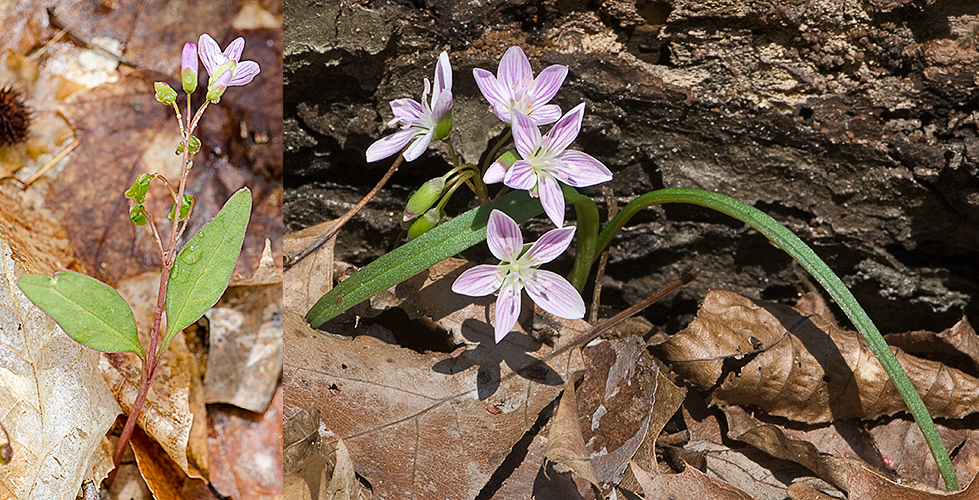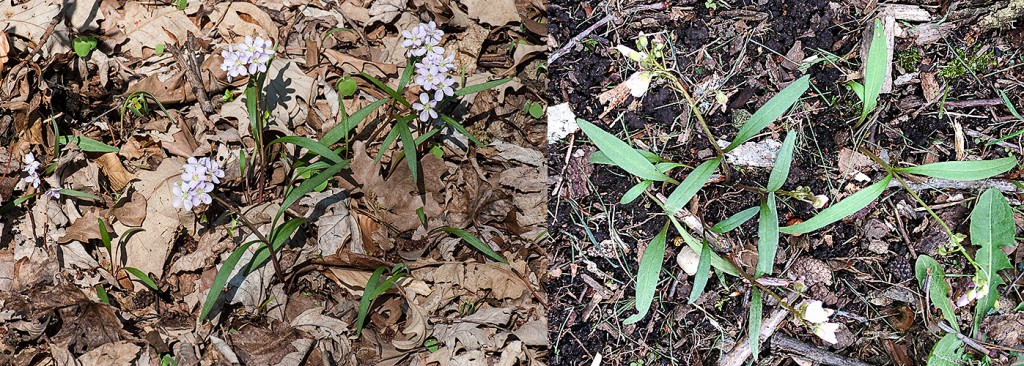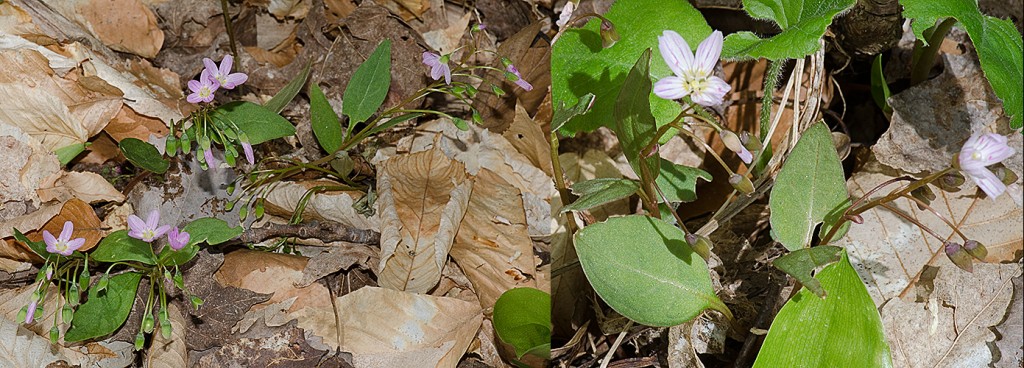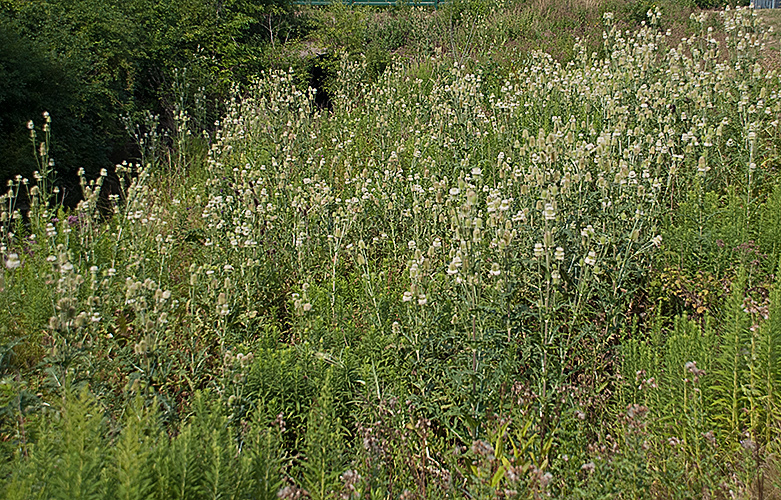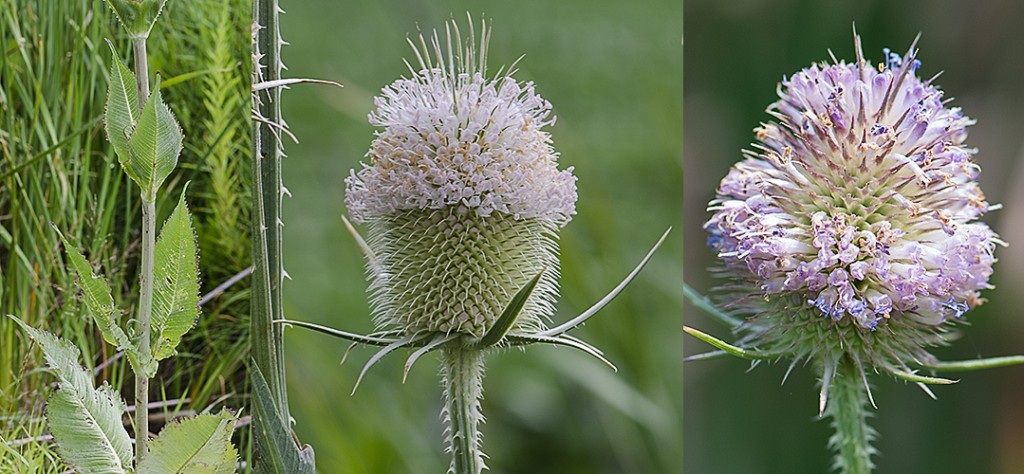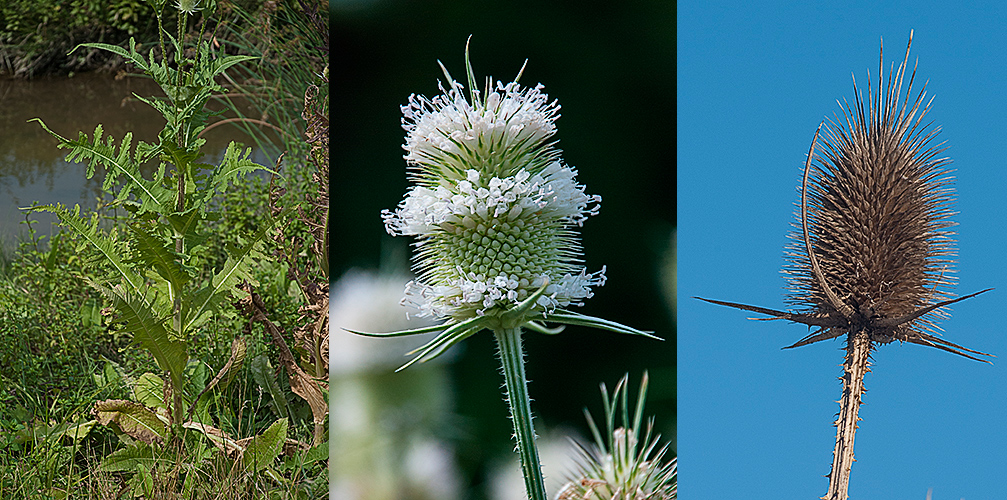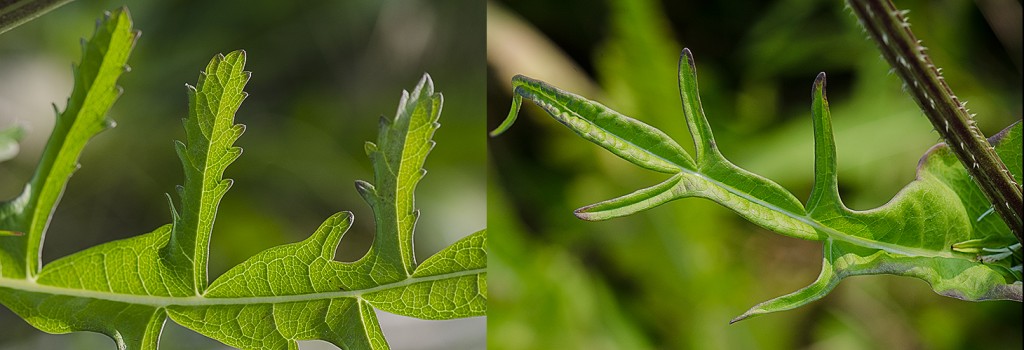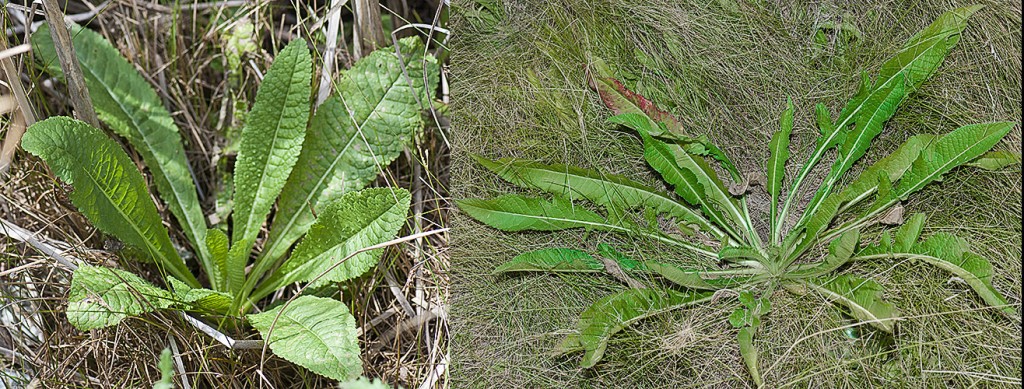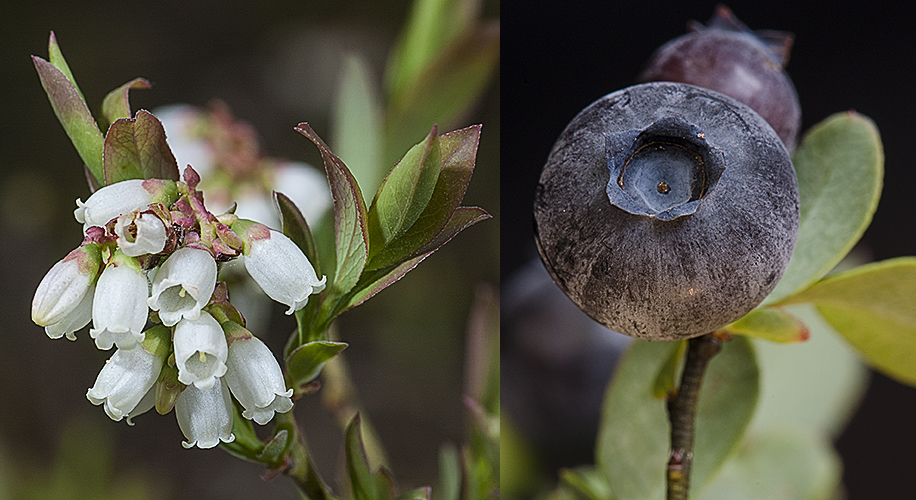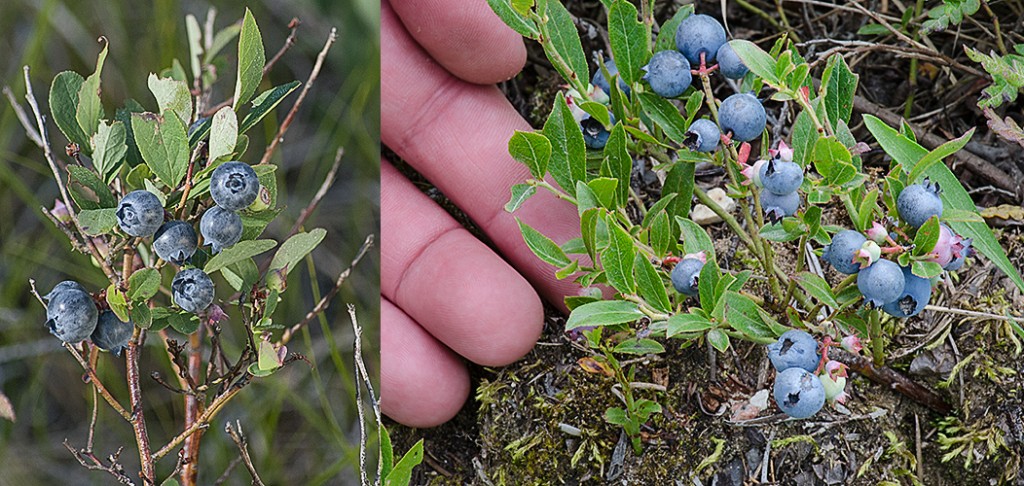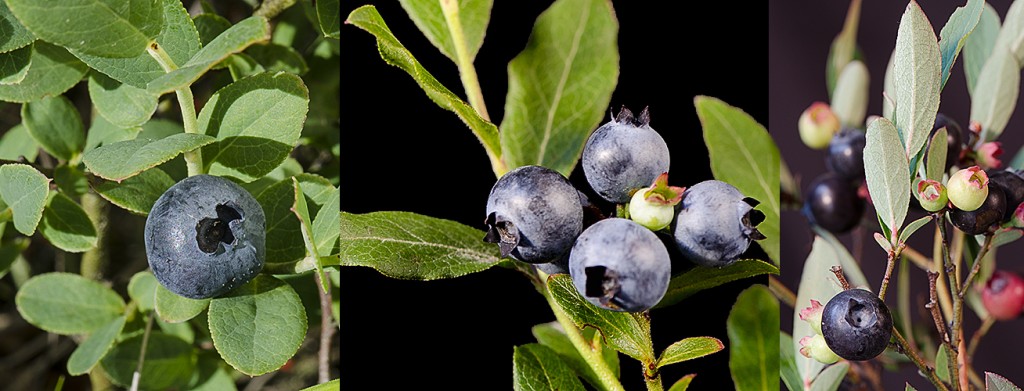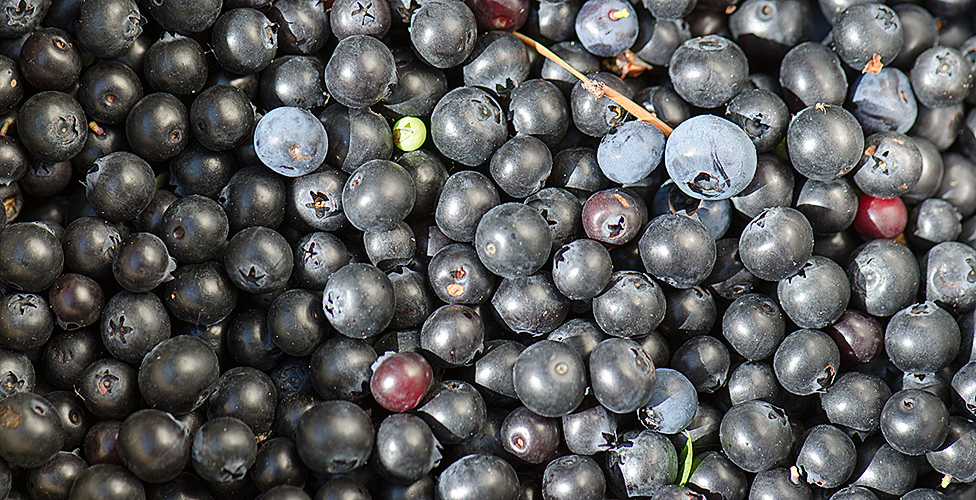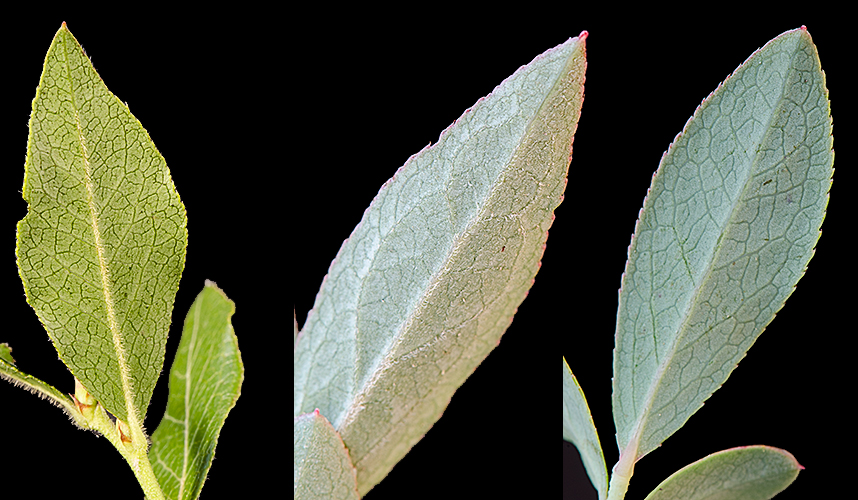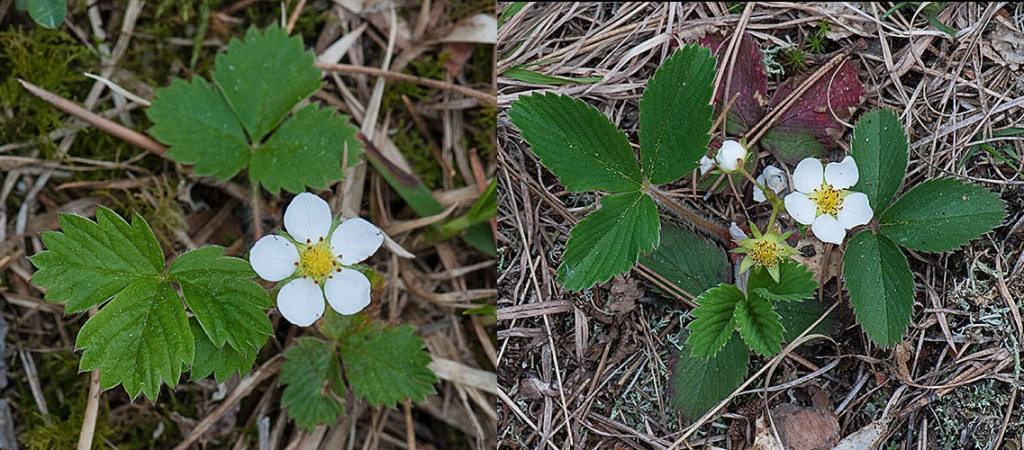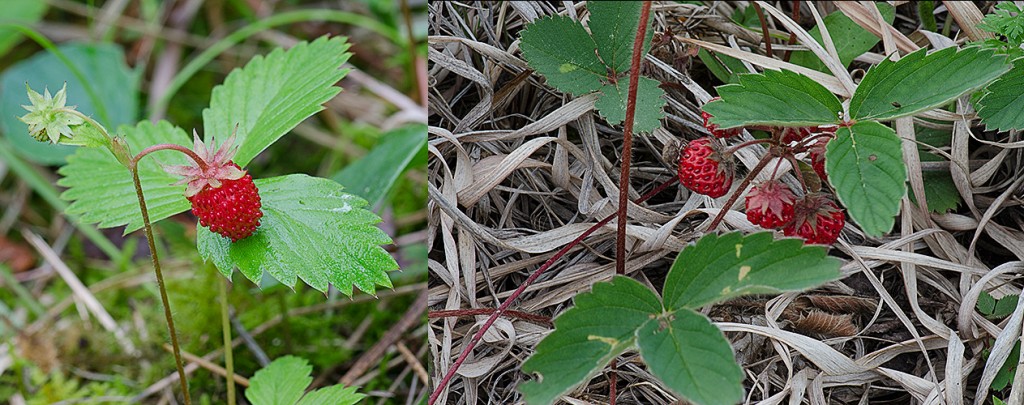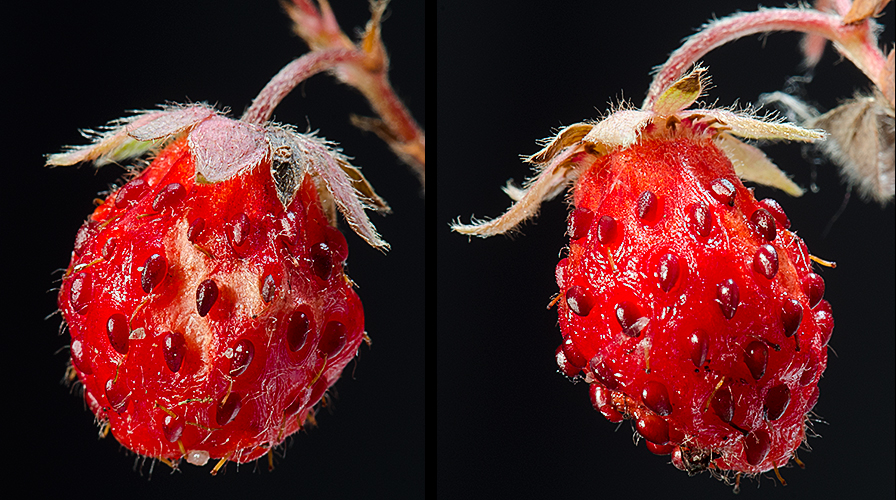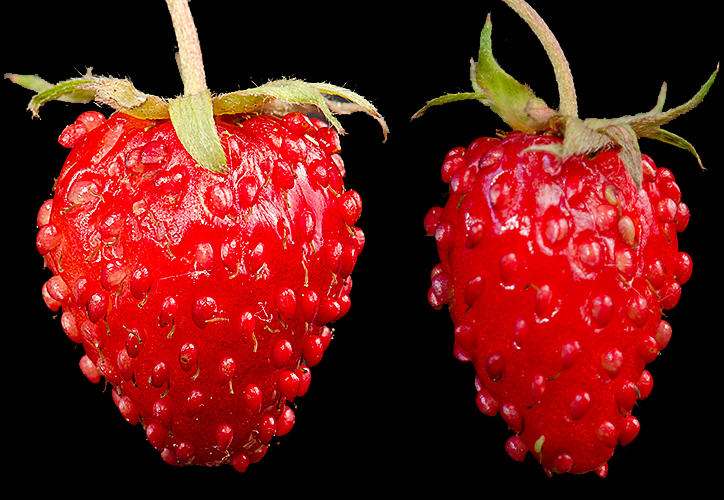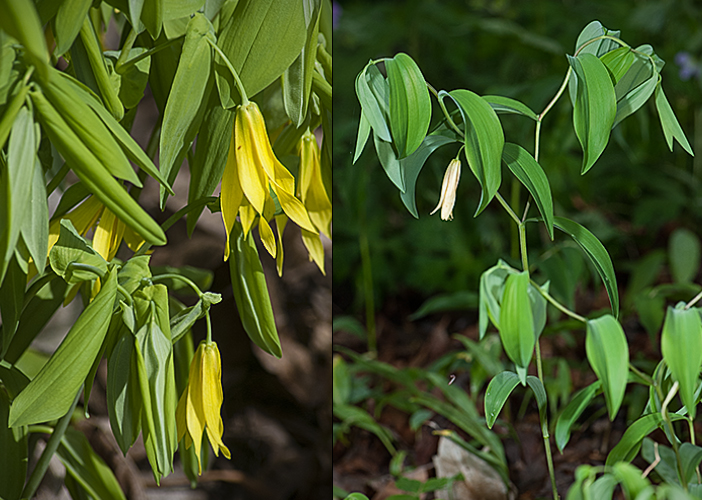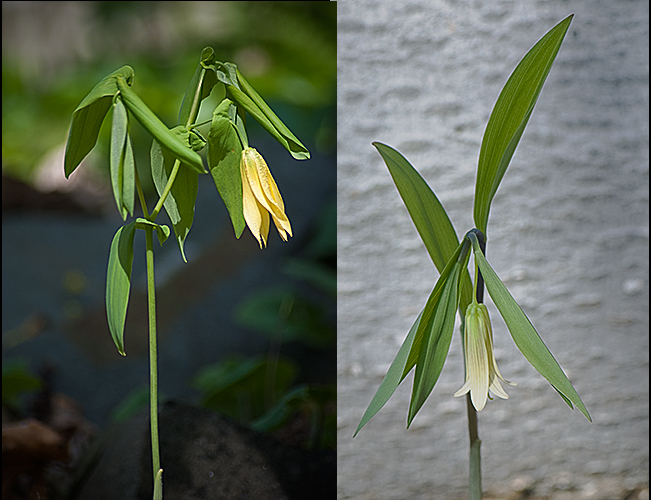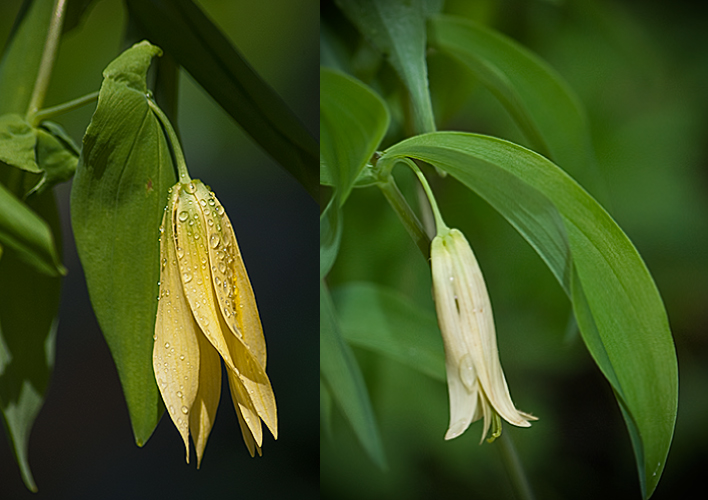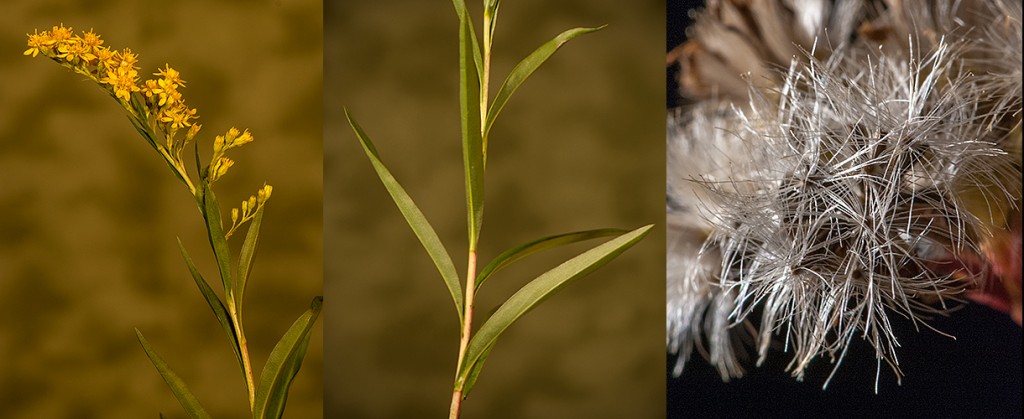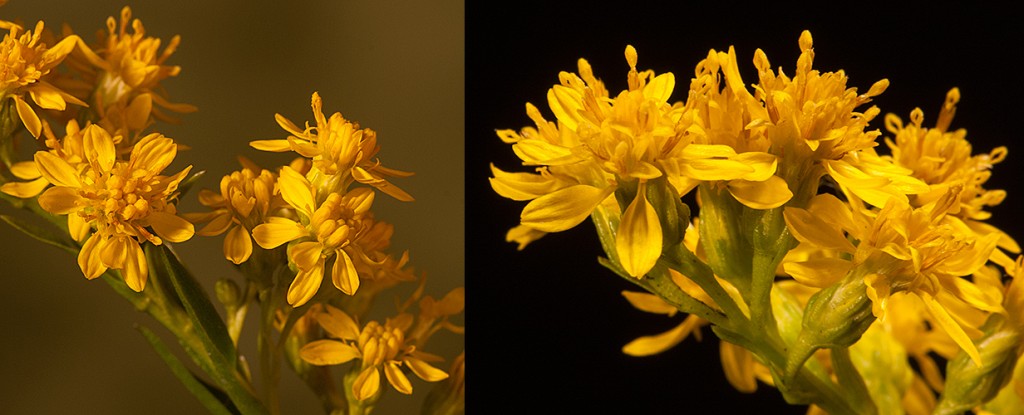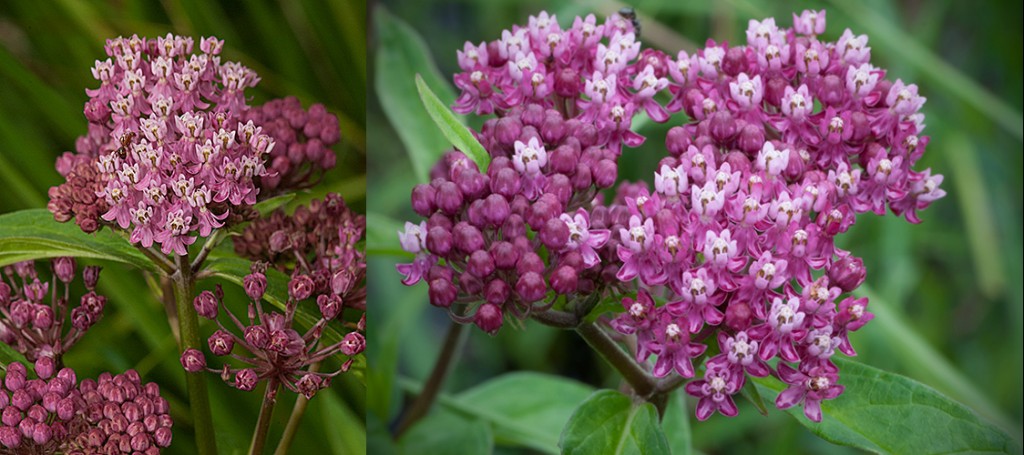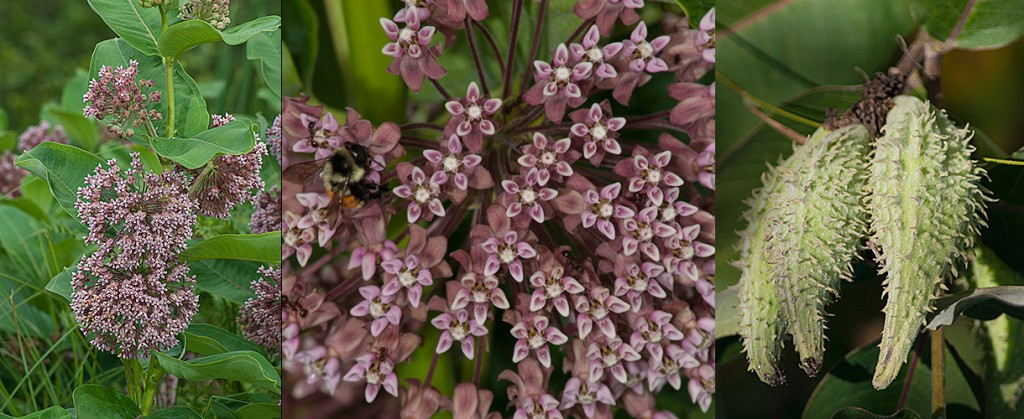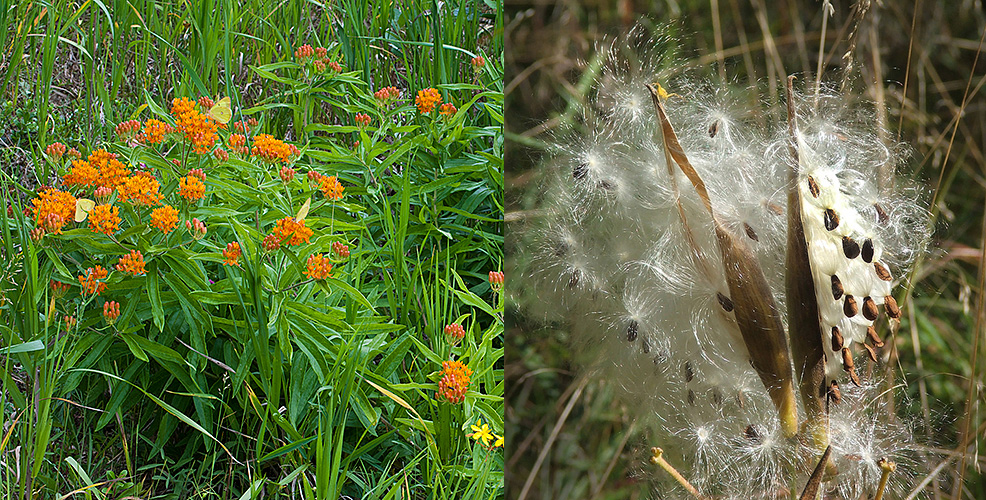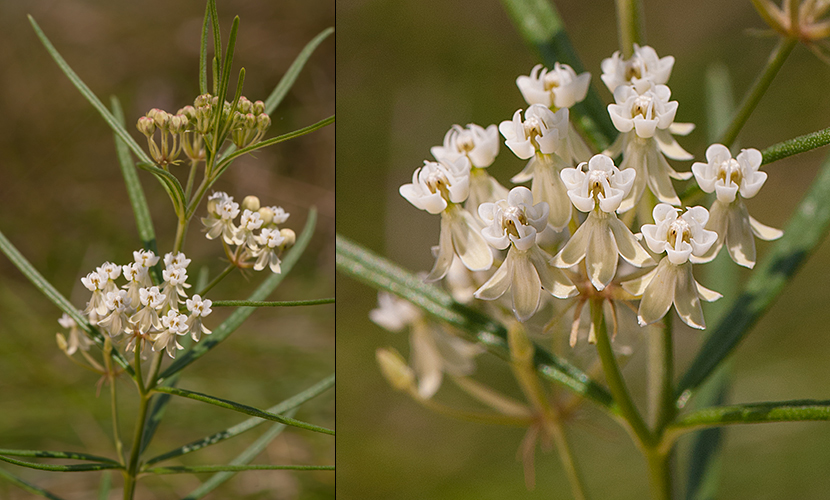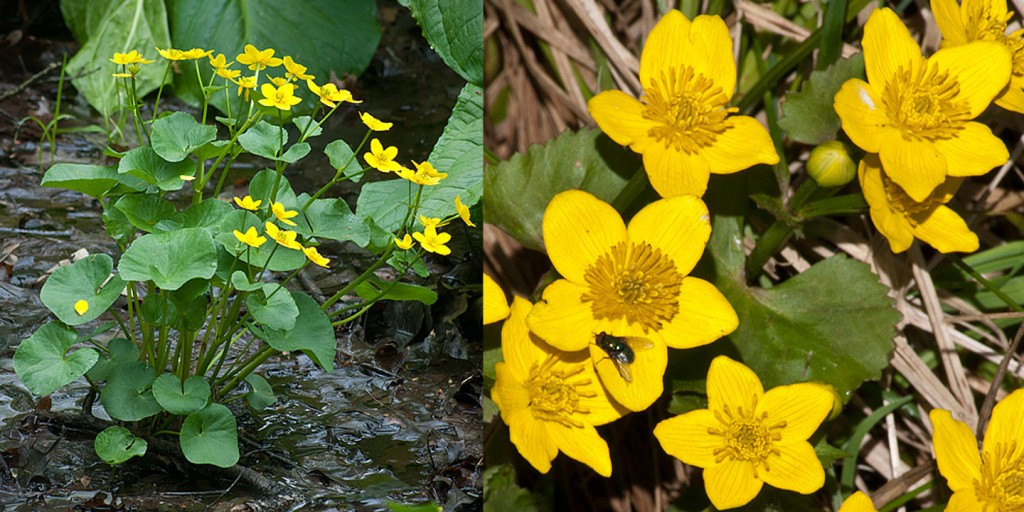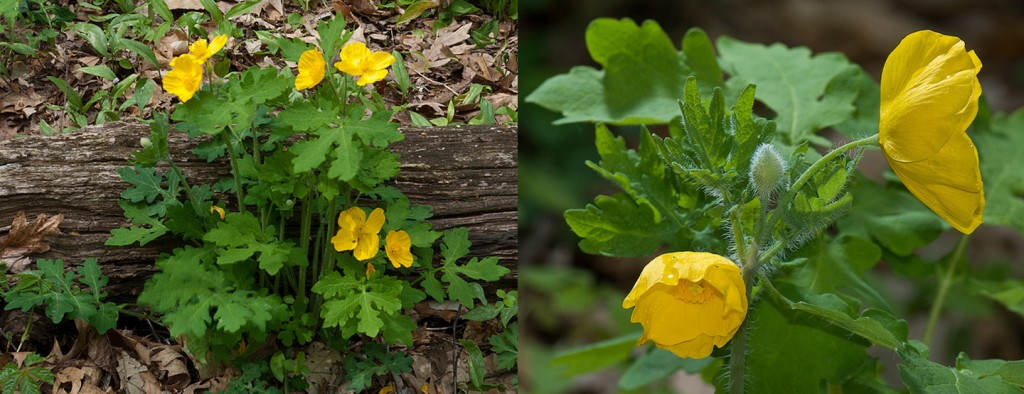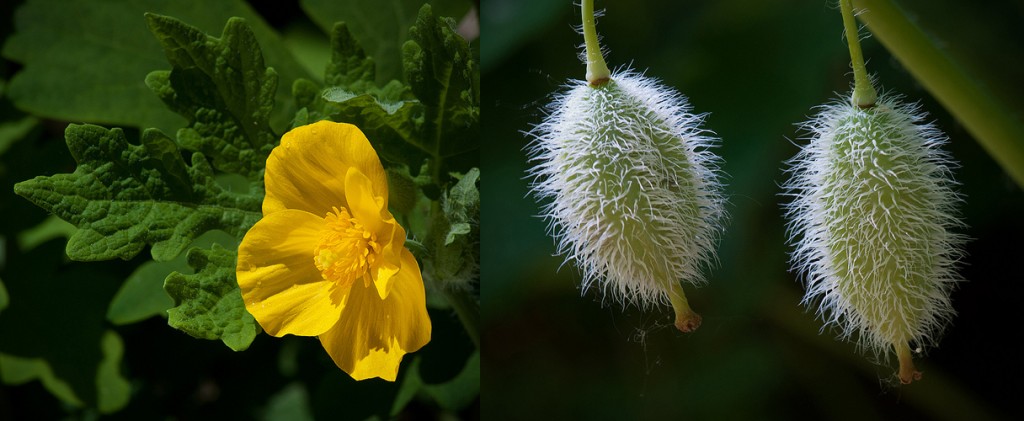Green-headed Coneflower (Rudbeckia laciniata) also goes by the common names Tall Coneflower, or Yellow Coneflower, or Cut-leaf Coneflower. It is commonly seen in the wild and also in so called “prairie plantings.” It is tall, sometimes reaching 10 feet (2.5m) in height, with yellow disk and ray flowers. The ray flowers are not reflexed. It has a smooth stem and pointed leaf tips.
A naturalist friend of mine recently brought me a few galls from her garden in Royal Oak that developed on her Green-headed Coneflowers. It proved to be Asphondylia rudbeckiaeconspicua, one of the Gall Midges. Bugguide.net only had records from Iowa and Virginia. I submitted photos for Michigan. The blog, Field Biology in Southeastern Ohio has an Ohio record. iNaturlist.org has records from Wisconsin and Pennsylvania, Pennsylvania being the type location (the place that the original specimens came from). Wong et al lists it from southern Manitoba.

Closeup of gall larva and sectioned Asphondylia rudbeckiaeconspicua gall along with another affected flower.
I’m wondering if this gall is common but overlooked in Michigan. I have checked eight colonies in Michigan without finding any additional galls. This is the only gall I have ever seen on the genus Rudbeckia. If you find this gall you can submit your photos to bugguide.net.
Copyright 2015 by Donald Drife
Webpage Michigan Nature Guy
Follow MichiganNatureGuy on Facebook



